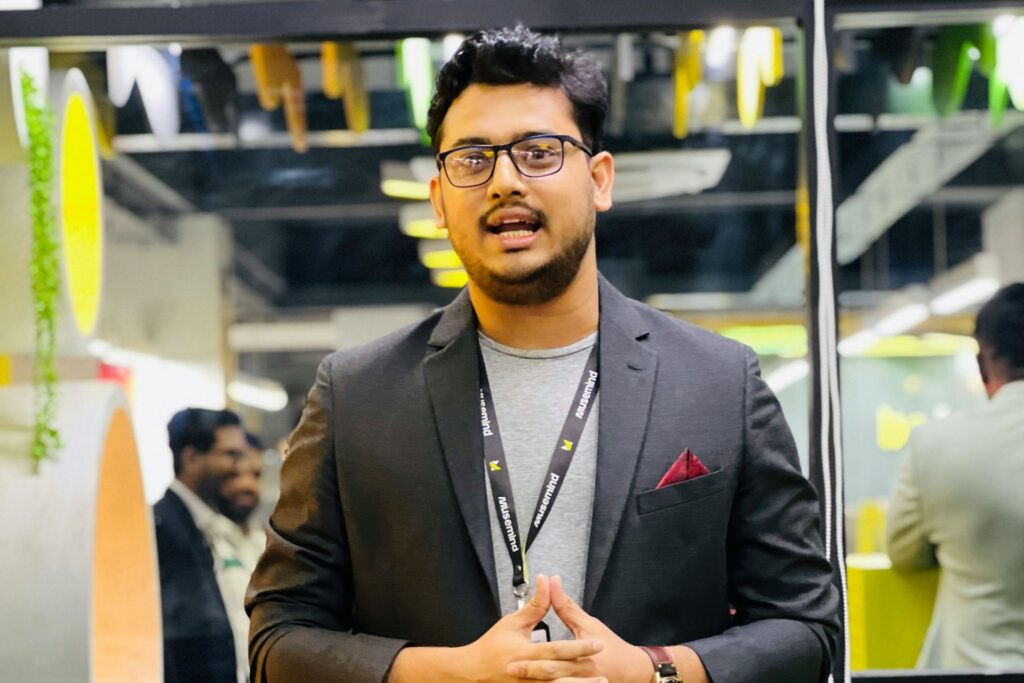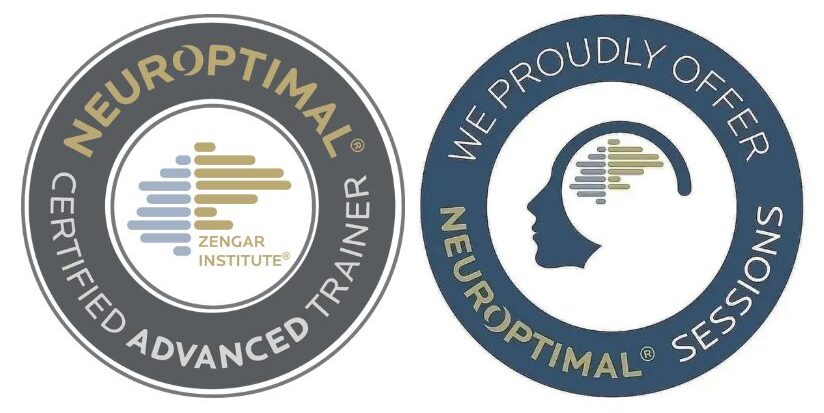Background
This success story follows a stressed out businessman who was also recovering from the removal of a brain tumour. While the surgery had been successful, the return to his high-pressure sales job proved to be mentally and emotionally demanding. The pace of the office, the constant multitasking, and the volume of sales calls all began to feel overwhelming. Looking for a non-invasive way to support his recovery and regain his mental edge, he and his wife decided to rent a neurofeedback system to use at home.
His Journey and Results
Using the system regularly at home, he began to experience meaningful changes that helped him cope with the stress of his professional life and manage his cognitive load more effectively.
He was able to make the required number of sales calls without hesitation or the anxious build-up he had been experiencing.
His ability to keep up with the fast-paced demands of the office improved noticeably mentally where he felt sharper again and more capable than previous.
Importantly, he began to switch off more easily once the workday ended. This gave him a sense of work-life balance that had been missing since before his surgery.
The Neurofeedback sessions gave his brain the space to reset and recover, without requiring any invasive treatments or medications.
Whole Household Impact
For his wife, the change was deeply reassuring. She described feeling like she had “got her husband back” not just physically, but emotionally and mentally. The return of his calm presence at home helped restore their relationship after a difficult chapter. The system became a source of relief and stability, allowing their household to feel more peaceful and connected.
Conclusion
This businessman’s experience shows how neurofeedback after brain surgery can support cognitive recovery, stress regulation, and emotional balance. Particularly for those in demanding professional roles. With the help of an at-home Neurofeedback system, he was able to meet the pressures of work while reclaiming his sense of self and presence at home. For him and his wife, the most powerful aspect was its gentle, non-invasive nature; a tool that worked in the background while helping rebuild life after a major health event.


